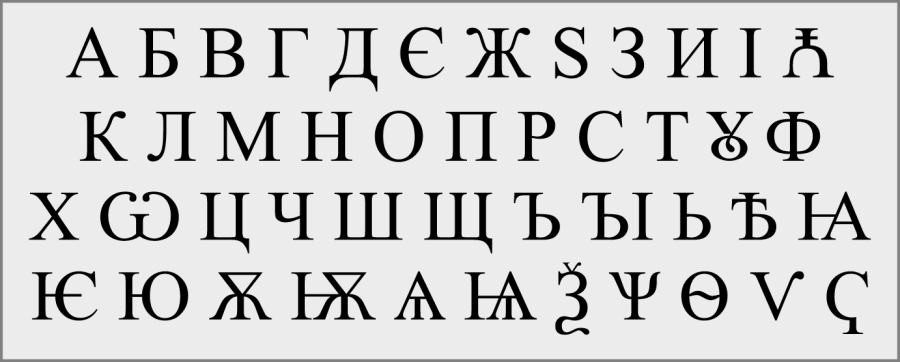My Quest to Learn Cyrillic
Over the course of the past month, I set out on a quest to learn a new language. I wanted to start with something familiar to me, I already know Polish, what if I were to learn a language that was practically the same but written in a new alphabet? That led me to learn Ukrainian and the Cyrillic Alphabet.
Now you might be wondering, “Adam, why learn a new language with a new alphabet in the first place?” Well, learning languages is one of my favorite pastimes and I find it challenging as well as interesting. You can learn so much with a little effort, and that rings true with everything.
First, I think I should give a little introduction to Cyrillic and what it is. Cyrillic is the alphabet for most Eastern European countries (such as Ukraine, Belarus, Bulgaria, and Russia). Some inhabitants of these countries practice the Eastern Orthodox faith, which would strongly associate the alphabet with the religion throughout time.
The alphabet looks like this and most of the letters make similar sounds to those in the Roman alphabet that we use. It was created between the 9th and 10th centuries for Slavic languages by Saint Cyril and Saint Methodius as well as their disciples. It originally hosted around 43 letters with influences from the Greek alphabet and the Hebrew alphabet. However, each country using this alphabet has modified it in its own way to fit its respective language (Ukrainian and Russian both have 32 letters and the rest have approximately 30 letters). This also explains the name behind the alphabet, because Saint Cyril was the main creator of the alphabet, it was named after him, “Cyril-lic”.
What is an example of a sentence in Cyrillic? Well, allow me to show you an anglicized version of one, where all the letters in the Latin alphabet will correspond to their Cyrillic counterparts.
“The dog took a walk in the park with his owner and they played fetch.”
“Тге доґ тоок а валк ін тге парк шітг гіс ошнер анд тгеи плаєд фетч.”
Naturally, this is not what the actual sentence in Ukrainian would look like since the language has different words from those we use in English. However, despite having not learned the full language yet, I think just learning the alphabet was a fun thing to do and I am proud of my progress, and most of all I hope you found this as interesting as I did.

